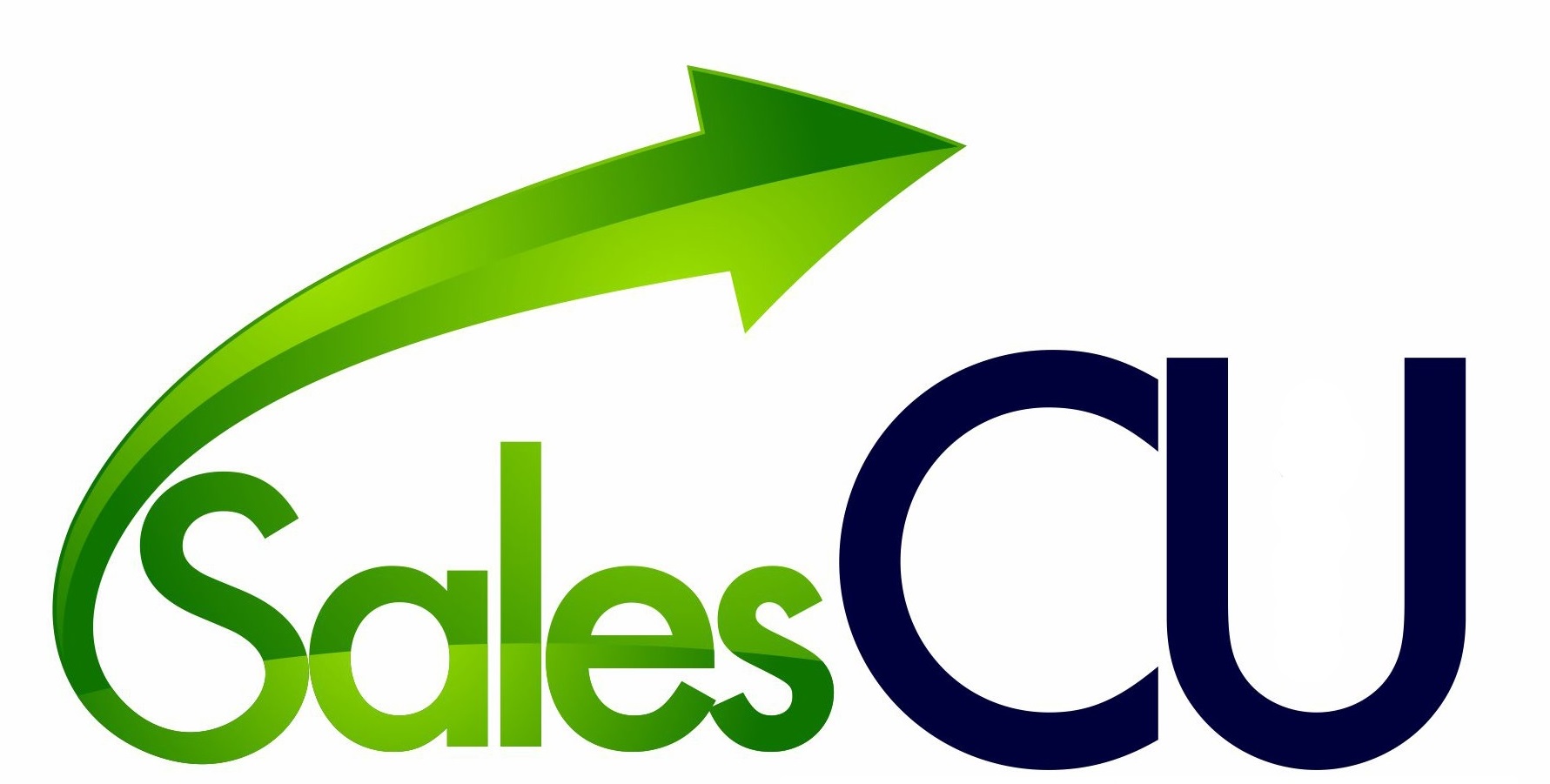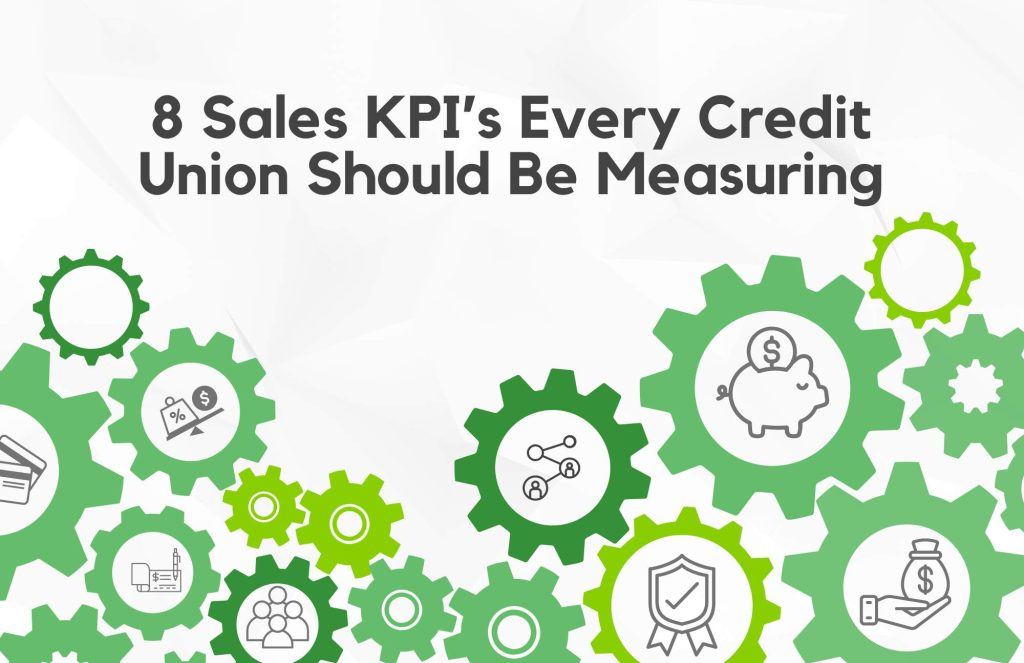
This year my wife and I are taking our three kids on their very first cruise. They are really excited because over the years they have heard about the cruises we have taken as a couple and the exciting times we have had. So the first questions they asked us when we told them about the cruise were, “Do we get to eat all the food we want?” and “Will they have cool things to do on the ship?”. Clearly, we have taught them well.
If you have been on a cruise, you know the chief benefits are the free food and entertainment, along with the opportunity to see many different places without having to move from hotel to hotel. For me and many others, that is what makes cruising so enjoyable. But, what if you didn’t know about these benefits?
Imagine with me for a moment that you went on a cruise believing that the food, entertainment, and the opportunity to leave the boat to explore these amazing destinations were additional costs which you assumed you couldn’t afford. So instead, you brought your own food and spent the bulk of your time in your cabin looking out the porthole or watching reruns of Deadliest Catch. Then, on the last night of the cruise, you learn from one of the employees that all of these things you deprived yourself of were included in the price of your ticket. How would this make you feel? Would you be upset? Would you want a refund? Would you ever take a trip with this cruise line again?
Now, you probably haven’t experienced this on a cruise, but you have likely had an experience where you learned too late that you were using the wrong product or didn’t know of other benefits you could have been receiving. It happens all the time and unfortunately it is likely happening with many of your credit union’s members right now.
The reason we aren’t able to take full advantage of all the products, services, and benefits available to us is because there are gaps in the sales process. The gaps are caused by time constraints, salespeople who lack sales skills or a desire to sell, and inconsistencies in the process itself. At your credit union, these gaps result in members who are not taking advantage of the full relationship and are missing out on benefits which could deliver the value for which they are looking. Needless to say, these gaps result in significant loss of revenue and member attrition.
There are a few ways your credit union can address these sales gaps. You can assess your member journey, adjust your sales processes, improve your systems, institute a CRM strategy, develop and implement a member shop program, and so forth. All of these are important and should be done, but one of the fastest ways to address these gaps is through member onboarding.
Are you missing selling opportunities?
Onboarding is the process of following-up with a member through a series of contacts. Using various contact methods, these communications are aimed at continuing the sales discussion past closing. This process should occur with all new and existing members who open new accounts or new core products or services. That’s to say, whenever a member opens a new savings, checking, investment, insurance, or loan product with the credit union, further contact is needed to ensure they are able to take full advantage of all products or services from which the member may benefit. At the very least, the credit union should seek to onboard 100% of their new members, regardless of the channel through which they come to the credit union.
Likely, the ultimate goal at your credit union is to establish a primary financial relationship with every member. With some members this comes quickly, while with other members it happens over the course of months or even years. The faster and more consistently a credit union can get to a primary financial relationship with a member, the higher the likelihood that member will stay with the credit union, and the greater value that relationship is delivering to both the credit union and the member. All processes put in place should seek to accomplish the goal of establishing a primary financial relationship.
To begin, let’s first establish what a primary financial relationship is. Your credit union has likely crafted its own definition, and that is fine. For this discussion will view a primary financial relationship as a member who uses your credit union for the “3 Key Core Products” and for those other core products for which they may have a current or future need.
Capturing the Key Core Products
The 3 Key Core Products are savings, checking, and a credit card. There are a few reason why these three core products are needed to constitute a primary relationship in our discussion today.
First, these are the three products that nearly every adult in America has. According to a US News article, in the year 2017, 93.5% of Americans had a banking relationship and access to both a savings and checking/transaction account. In April 2018, the American Bankers Association released data reporting that just slightly over 70% of adults in America had a credit card. Now, keep in mind these numbers do not reflect usage percentage, only access to or ownership of the product or service.
What this means for your credit union is this, if you have a member relationship which lacks one of these three core products, the member is likely using another financial institution to fill that need. This represents lost opportunity and an incomplete relationship.
Credit union employees who are responsible for opening new accounts and core products and services should be trained to capture the primary financial relationship by selling the 3 Key Core Products. Especially at new account opening, the primary objective is to capture the checking relationship, identify savings to transfer over, and qualify the member for a credit card. This primary objective applies to personal accounts as well as business accounts.
So why don’t auto loans and mortgages make the list? Simply put, the majority of adults don’t have them. Statistically, here are the percentages for these products:
- 43% of adults have an auto loan (Forbs.com article May 2017, “A Record 107 Million People Have Auto Loans. Here’s How To Get A Good One”)
- 40% of adults have a Mortgage (MagnifyMoney.com article December 2018, “U.S. Mortgage Market Statistics: 2018”)
The second reason these three core products are essential to a primary relationship is because these products are continuous, meaning that the relationship does not have a fixed end date as opposed to other core products. Unlike most loan based relationships, these relationships are built to last.
This doesn’t mean your credit union shouldn’t expect sales teams to capture or recapture other business when it exists. The secondary objective is to identify additional ways to serve the member by recapturing loans, connecting the member to the credit union’s insurance and investment teams, and to get referrals. Additionally, any future needs should be identified for which the credit union can help the member. Of course, these secondary objectives are based on members’ unique situations and needs.
Capturing the Associated Ancillary Products and Services

As part of the primary objective, all associated ancillary
products and services should be properly presented and sold to the member. So,
not only should the member’s relationship include savings, checking, and a
credit card, but it should also include at least the following:
- Online banking
- Mobile banking
- E-statements
- Direct deposit
- Overdraft protection
- Bill pay
- Mobile deposit
- Checks
- A debit card
- The credit card
- Payment protection
- Auto loan payment
Your credit union may offer additional ancillary products and services which would make this list.
Where Onboarding Comes In
Ideally, when the member leaves the branch or completes the online interaction, the employee will have accomplished both the primary and secondary objectives. However, in reality, this shouldn’t be the goal at all. First, because it is simply not realistic, and second, the time it would take would likely create a negative experience for the member. This is where onboarding plays its critical role.
Onboarding is simply an extension and continuation of opening the account, product, or service. Quite literally, until the employee has fully completed the onboarding steps, they have not finished the opening process. Generally, it is best to onboard the member over the course of 90 to 180 days. This process includes a series of credit union touch points including a handwritten letter of appreciation, a form letter welcome from the CEO, marketing offers sent by email and direct mail, and finally personalized phone calls.
The focus of onboarding efforts should be to:
- Ensure the member feels welcomed and valued and also be sure that he or she understands what a credit union membership entails
- Help the member adopt the products and services he or she opened
- Provide the opportunity to engage in additional solutions which can benefit him or her
If your credit union and employees are truly focused on these three things, your efforts will be customized to the member’s unique needs, wants, and dreams. Here are a few thoughts on what that may require.
Personal Communication
Every onboarding effort should include follow-up by an individual at the credit union. Much of the time this will be the employee who helped the member. However, as credit unions and members continue to move to digital channels, specialized outbound teams may be established with the responsibility of making onboarding calls.
Personal communication should include a few different touchpoints and communication mediums. A basic onboarding approach follows a three-step process which generally looks like this:
- 2-day handwritten thank you card
- 2-week follow-up phone call
- 2-month follow-up phone call
To take your onboarding to the next level consider adding a couple of short follow-up emails to this sequence in-between the calls in which you would ask if there are questions or problems that the member has.

The onboarding call must be effective to make it meaningful and productive. Too often onboarding calls sound like this:
Employee: So, how are things going?
Member: Pretty good. No problems to report.
Employee: Great. Is there anything new I can help you with?
Member: Not that I can think of…
Employee: Okay. You have my number and email. Let me know if there’s anything I can do for you in the future. Bye…
While the member may feel remembered, this call is virtually meaningless and has to be improved in order to accomplish the goals of onboarding. Here are a few suggestions for an effective onboarding call outline.
First, the call should begin with a warm, friendly introduction. After all, this member just spent considerable time with the credit union setting up his or her new account, product, or service. The member knows the credit union, has an established relationship, and will be expecting a call from someone who is professional but personable and not too formal.
Second, there must be pre-determined goals for the call and a plan of action. These goals follow the goals of onboarding. It starts with reviewing the products and services set up and answering questions the member may have. Additionally, the employee should ensure the member has received things like the debit card, checks, and credit cards. Next, the employee should follow-up on any assignments or tasks the member needed to complete after leaving the credit union such as submitting his or her direct deposit changes. The employee should also address any products sold that are not clearly being used, such as mobile deposit and other online services. The member may be experiencing problems or even forgotten to use them. Ensure the member is using them by walking the member through any problems or concerns that he or she may have.
Third, the employee should follow-up on other products and services that need to be sold. For example, there may not have been time to talk about that auto loan financed with another financial institution or the CD coming due at the credit union across the street. The onboarding call is a perfect time to continue sales discussions or start new ones.
Finally, the onboarding call should always end with a request for referrals. If your employee has provided amazing service, the member will have friends and family members to recommend to them. Just like in a sales conversation, the employee should be prepared to ask for contact information and permission to directly connect with the person being referred.
When there is a goal and a plan, the onboarding call will be effective and bring new opportunities for the credit union and the member.
Leadership Communication
As previously mentioned, members should receive a welcome letter from the CEO. A letter from the CEO is exceptional, but it’s even better when it is customized to the member’s account profile. Often, the welcome letter is generic and built to fit just about any new account, product, or service scenario. If you truly want to create a customized experience and wow your member, think about customizing your CEO welcome letters.
Now, this isn’t to say your CEO, or his assistant, must sit down and pen a unique letter for each situation. Rather, have a letter which has elements that can be added or removed based on the product or service the member just opened with the credit union. For example, let’s say your member opened a new checking account and refinanced an auto loan from another institution. The letter could thank him or her for the opportunity to provide them a new checking account and thank the member for allowing the credit union to service their existing auto loan.
Marketing Efforts
Like your CEO letters, marketing efforts should be customized as well. How unimpressive is it for a member to receive a marketing email for the same checking account they just opened online? Similarly, how awkward would it be for your employee when the member brings in a quarter percent auto rate discount offer after your employee just recaptured their auto loan at the published rate?
Although complicated, your onboarding marketing plan should have various campaigns it sends your member based on his or her account profile. If your credit union has the capabilities, this could be driven by information your employee is entering in after the account has been opened in your CRM.
Marketing offers should include both email and direct mail offers. Those offers should have a clear call to action and are generally best sent out individually, not packaged in with the CEO letter or other account related information. They should focus on one product rather than several products or promotions. The clear call to action should invite the member to apply or submit a low commitment request for more information. Basically, the goal should be to get the member back in front of a trained salesperson at the credit union who can help them with a new product or service.
What is SalesCU online sales training?
Final Thoughts
Your members deserve a relationship that delivers all of the benefits of credit union membership. This only happens when the credit union is committed to capturing the member’s primary relationship and assisting them with all of their financial needs. Expecting this to happen in the first interaction is not realistic or possible because of the gaps in the sales process and time constraints. For your credit union to have the chance of making this happen, they must have an effective onboarding process which is executed at least for every new account opened. As the credit union builds and implements an effective onboarding process, it increases the number of primary relationships built as well as the value delivered to the member and the credit union.




